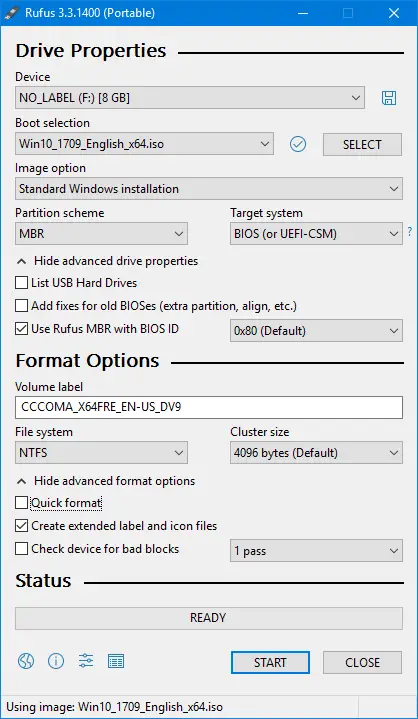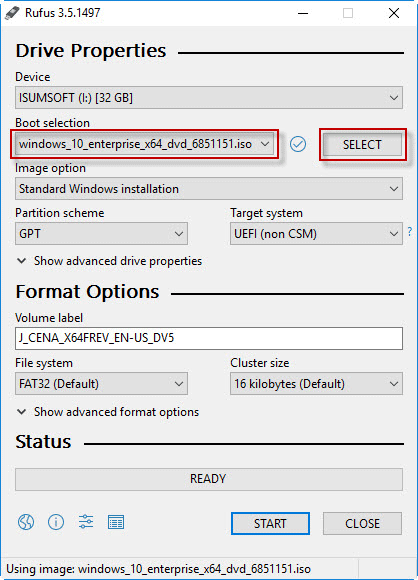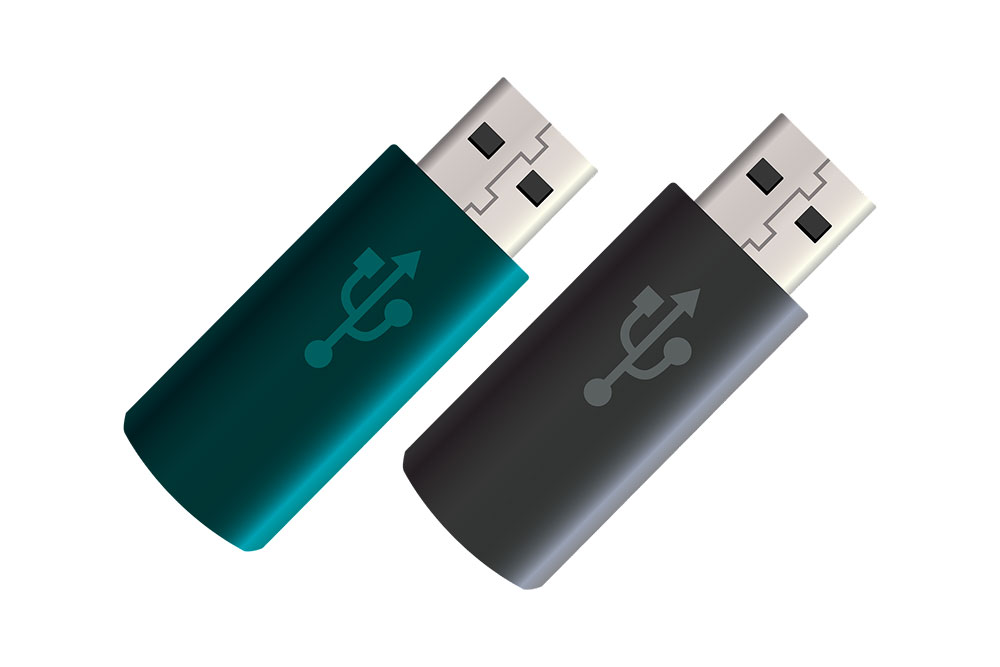
It will now create a Windows 10 USB installer. Otherwise choose “ MBR (for legacy BIOS / CSM boot)” for BIOS-based PC, or UEFI computer running in legacy BIOS/CSM mode. If you want to install Windows 10 in UEFI mode on UEFI-based PC, choose the “ GPT (required for UEFI boot)” option. Choose the partition style that is suitable for your target computer.We’re explaining how to create a Windows 10 USB installer, so click on “ Burn to USB Flash Drive” and select the drive letter of your USB disk from the list.


How to Create UEFI or Legacy Bootable USB Drive for Windows 10 Setup Windows 10 ISO image, which can be downloaded from Microsoft’s website using its Media Creation Tool.A USB drive (a microSD, SD card or memory stick) with the minimum capacity 4 GB.In this tutorial we’ll explain how you can easily create a UEFI or legacy bootable USB drive for Windows 10 Setup. Luckily, for backward compatibility most of the UEFI systems can also be configured to disable UEFI secure boot and instead revert to legacy BIOS boot mode. UEFI-based computer can only boot from GPT-partitioned USB drive.

As you probably noticed when using a MBR-partitioned Windows installation USB drive on a new Windows 10 PC, UEFI will not recognize it as a boot media. New Windows 10 computers use UEFI firmware instead of the traditional BIOS.


 0 kommentar(er)
0 kommentar(er)
